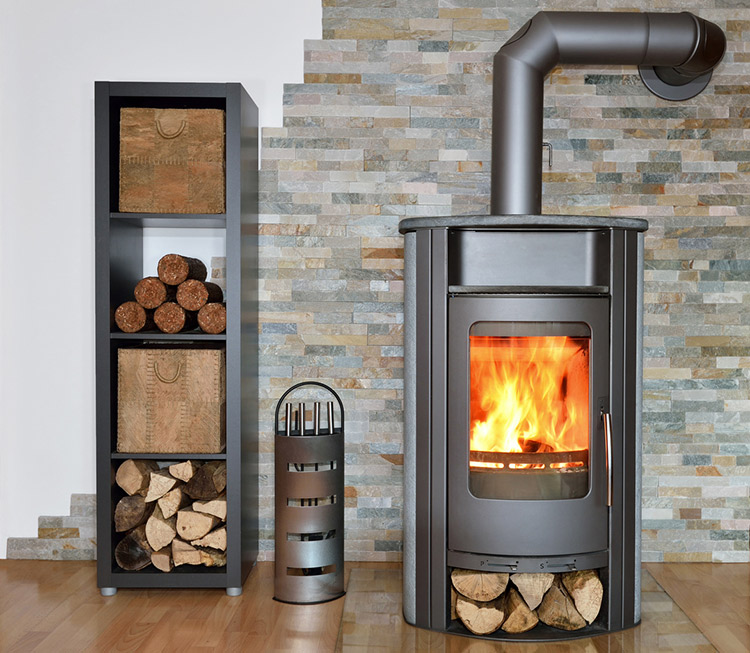Wood burning stoves (or woodburners) are a great way to heat your home, as well as providing a focal point, with the pleasure of looking at an open fire, with much less mess and pollution. It’s important to use them correctly though to get the most value from the fuels or cottage firewood supplies you use.

Tip 1: You’d expect us to say this, but you should use seasoned hardwood logs – we’ve heard a lot of reports from people using inferior quality logs, who say that wood burners literally burn them up! Green wood can contain about 50% water, so if you’re trying to burn water, that can’t be cost effective, can it? Unseasoned wood can cause deposits to collect in the chimney, which lead to inefficient burning and the chance of a chimney fire, so seasoned logs are better for safety reasons too.
Tip 2: The way you store your logs is important too, and we recommend having a small supply of logs indoors, so they’re warm and dry before you use them.
Tip 3: Read the manual! When you purchased your wood burner, you should have been provided with some instructions. You might be tempted to have a go without reading them, but I think it’s fair to assume that the manufacturer knows how to get the best out of their product and its worthwhile making sure you understand the settings of your specific stove.
Tip4: Have the chimney swept at least one a year. By using high quality wood for burning, you should be making the job easier though and the chimney sweeps we know locally are always delighted to know that their customers use our logs, as they have little or nothing to clean!
Here are some general principles about lighting wood burning stoves:
Before you start, clean out most of the ash – you can leave a bit in the bottom, as some people say that it helps to make the stove run efficiently. Too much ash can stop the air from circulating properly and, personally, I clean out all of the ash – it’s easy to do and only takes a minute.
Start by burning your preferred type of firelighter with some kindling around it, just as you would light an open fire. Kindling catches fire and gets hot quickly, which gets the stove warm so it starts to heat your room, and it also creates the hot centre which will be the base to light your logs. Generally, we’d recommend opening both vents and closing the door at this stage although some manufacturers recommend leaving the door ajar to get a bit more air flow – you might experiment both ways.
Once the kindling is burning well, add some smaller logs, not too many, and make sure you leave some space for air to circulate. You can close the bottom air vent at this point, but do it gradually so the fire doesn’t die down too much. Then once the fire is burning well, add some more logs, but don’t feel that you need to ram the stove full, just use a few logs (depending on the size) as you still want the air to circulate.
Then you can adjust the top vent to control the temperature and your instruction book should some have some guidance on the best temperature settings for your particular stove. You don’t need to have the fire burning really strongly – if you do, you’ll burn a lot of wood and lose a lot of heat up the flue. What you’re really trying to do is to keep the firebox as hot as you can, so that the heat is transferred into your room. Used properly, wood burning stoves are many times more efficient than open fires, and many of our customers heat their whole house with one stove.
